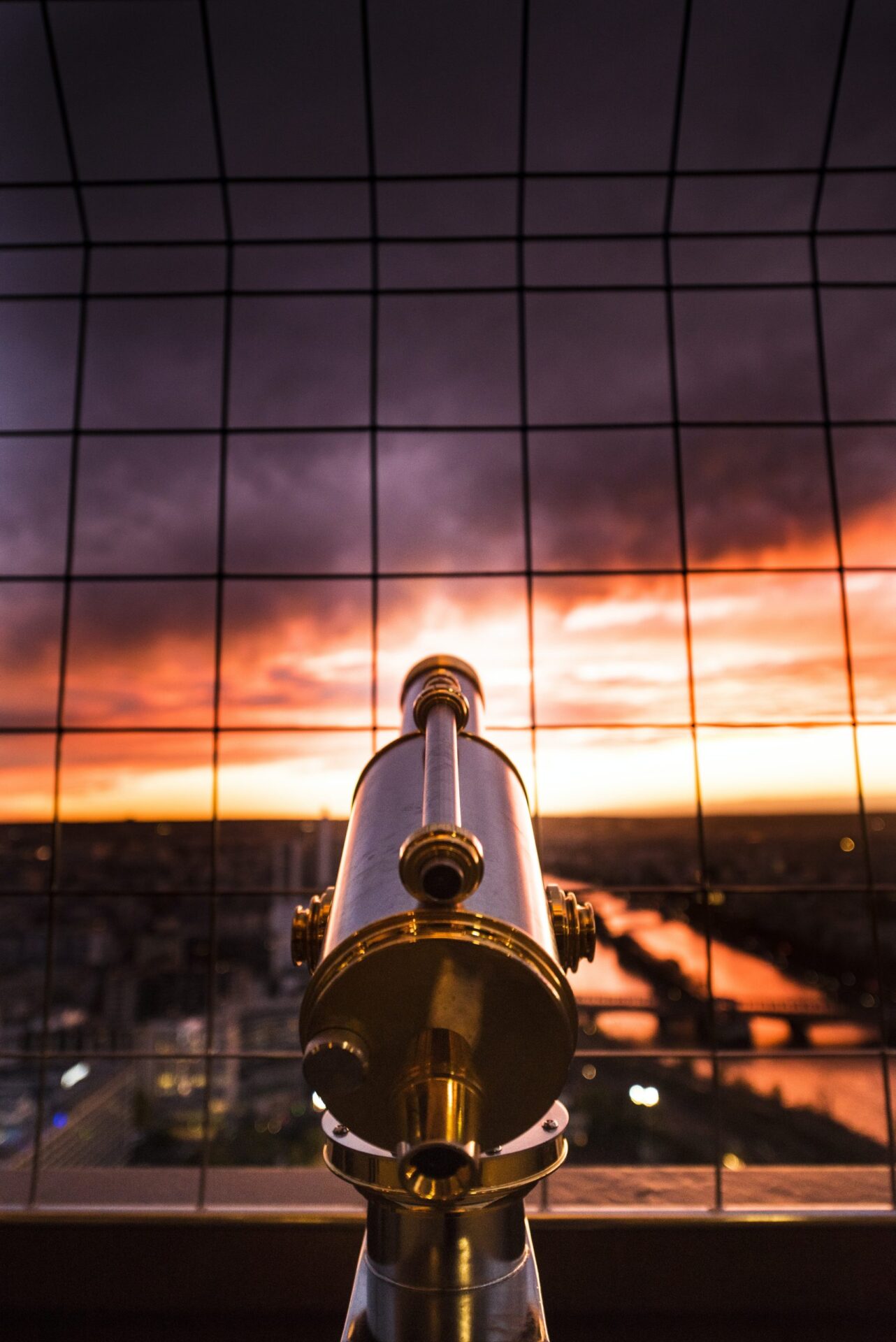Setting up a telescope may seem like a daunting task at first, but fear not, because I’m here to guide you through it! To get started, find a location with a clear view of the sky, free from any obstructions like buildings or trees. Next, assemble the tripod by extending the legs and ensuring they are securely locked in place. Once the tripod is steady, attach the mount by sliding it onto the tripod head and tightening the screws. Now it’s time to attach the optical tube. Carefully place the tube into the mount, making sure it is secure. For a more stable setup, you can use counterweights to balance the weight distribution. Lastly, attach the eyepiece and you’re ready to observe the wonders of the universe!
Now that your telescope is set up, don’t forget to align it with the night sky. This will ensure accurate tracking of celestial objects. Start by aiming your telescope at a bright, easily recognizable star or planet. Look through the eyepiece and adjust the settings until the object is centered. Your telescope may also have alignment features, so consult the user manual for specific instructions. Once aligned, you can start exploring the beauty of the cosmos! Happy stargazing, and enjoy the fascinating sights that await you. Setting up a telescope may seem like a daunting task, but with a little patience and practice, it can become a rewarding experience. In this article, we will guide you through the step-by-step process of setting up your telescope for a successful stargazing session. So let’s dive in and discover how to set up a telescope!
Choose a Suitable Location
The first step in setting up your telescope is to find a suitable location. When choosing a location, consider the amount of light pollution in the area. Light pollution can greatly affect your ability to see celestial objects clearly. Look for a spot away from city lights and other sources of light pollution.
In addition to considering light pollution, it is important to find an open area with a clear view of the sky. Trees, buildings, and other obstacles can obstruct your view and limit the range of celestial objects you can observe. A clear, open area will provide you with the best opportunity to explore the wonders of the night sky.
Gather All the Necessary Equipment
Before you can begin setting up your telescope, it is important to gather all the necessary equipment. Here are the essential items you will need:
- Telescope: Select a telescope that suits your needs and budget. There are various types of telescopes available, including refractors, reflectors, and compound telescopes. Choose one that aligns with your interests and level of expertise.
- Tripod: A sturdy tripod is essential for providing stability to your telescope. Ensure that the tripod is robust enough to support the weight of your telescope and any additional accessories.
- Eyepieces: Eyepieces come in different focal lengths and determine the magnification and field of view of your telescope. It is advisable to have a range of eyepieces to accommodate different viewing preferences.
- Finderscope: A finderscope is a small telescope attached to the main telescope that allows you to locate celestial objects more easily. It provides a wider field of view and aids in initial alignment.
- Mount: The mount holds your telescope and allows you to track celestial objects as they move across the sky. There are two main types of mounts: alt-azimuth (up and down, left and right) and equatorial (aligns with the Earth’s axis). Choose the mount that best suits your needs and budget.
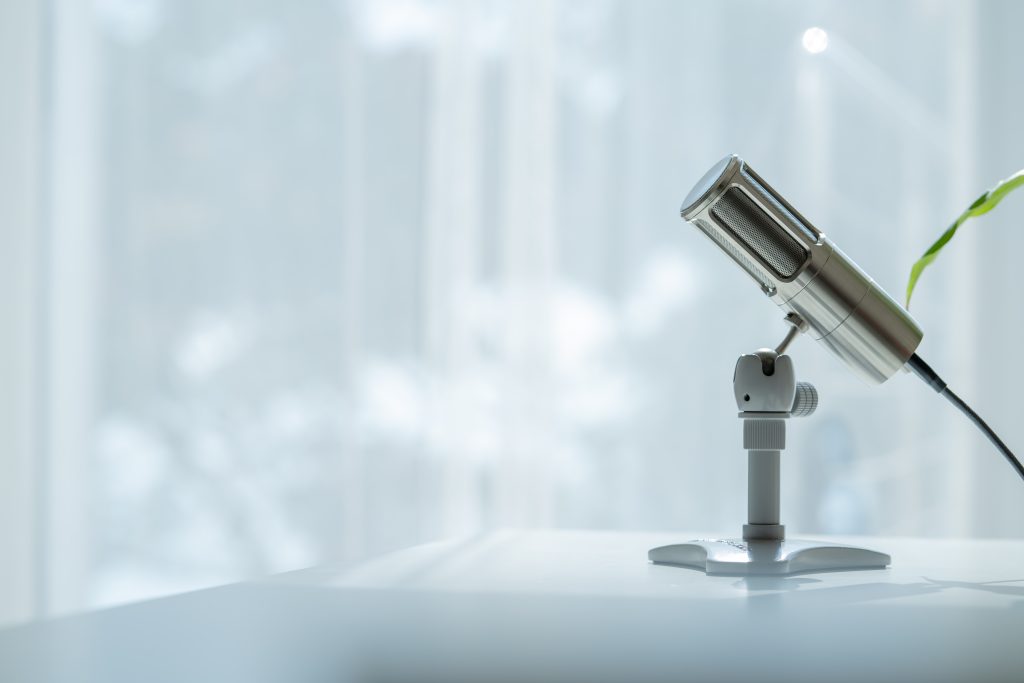
Assemble the Telescope
Once you have gathered all the necessary equipment, it’s time to assemble your telescope. Here’s a step-by-step guide to help you along the way:
- Attach the tripod to the telescope: Connect the tripod to the base of your telescope securely. Ensure that all the knobs and screws are tight to provide stability.
- Attach the mount to the tripod: Place the mount on top of the tripod and secure it firmly. Make sure the mounting plate aligns with the mounting bracket on the tripod.
- Attach the finderscope: Locate the finderscope bracket and attach it to the main telescope tube using the provided screws. Align the finderscope with the telescope by adjusting the screws on the bracket.
- Attach the eyepiece: Insert the desired eyepiece into the telescope’s focuser. Ensure that it is securely in place and aligned with the telescope’s optical axis.
Congratulations! You have successfully assembled your telescope. Now let’s move on to the next step.
Align the Finderscope
Aligning the finderscope is crucial for locating celestial objects accurately. Here’s how to align your finderscope:
- Choose a distant target: Select an easily identifiable object in the distance, such as a tall building or a mountaintop. Make sure it is several kilometers away and visible through the finderscope.
- Center the target in the finderscope: Adjust the finder scope’s alignment screws to move the crosshairs or reticle until the target is centered in the finderscope’s field of view. Take your time and make fine adjustments until the target is precisely centered.
- Adjust the alignment screws if required: If necessary, fine-tune the alignment screws to ensure that the finderscope is accurately aligned with the main telescope. Repeat this process a few times to ensure precise alignment.
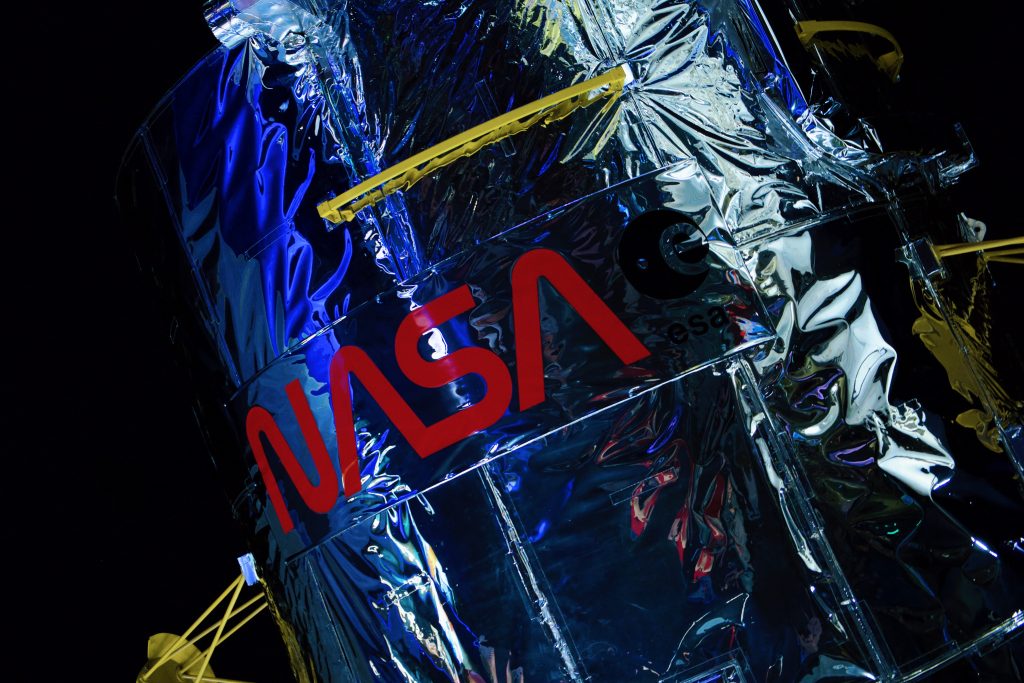
Balance the Telescope
Balancing your telescope is essential for smooth movement and accurate tracking. Follow these steps to balance your telescope:
- Ensure the telescope is balanced: Adjust the position of the telescope tube along the mount’s declination axis until it is evenly balanced. This will prevent the telescope from tipping over or becoming difficult to control.
- Adjust the position of the counterweights if needed: If your telescope has a counterweight system, adjust the position of the counterweights on the mount’s counterweight shaft. This will help achieve a perfect balance.
By balancing your telescope, you will have optimal control and minimize the strain on the mount’s motors.
Learn to Use the Mount
To make the most of your telescope, it is important to familiarize yourself with the mount’s controls. Follow these steps to learn how to use the mount effectively:
- Understand the altitude and azimuth controls: The altitude control adjusts the telescope’s vertical movement, allowing you to move up and down. The azimuth control, on the other hand, allows horizontal movement, enabling you to move left and right.
- Practice moving the telescope on the mount: Spend some time practicing moving the telescope using the mount’s controls. Start with slow and smooth movements, gradually increasing speed as you become more comfortable. This will help you track celestial objects more effectively.
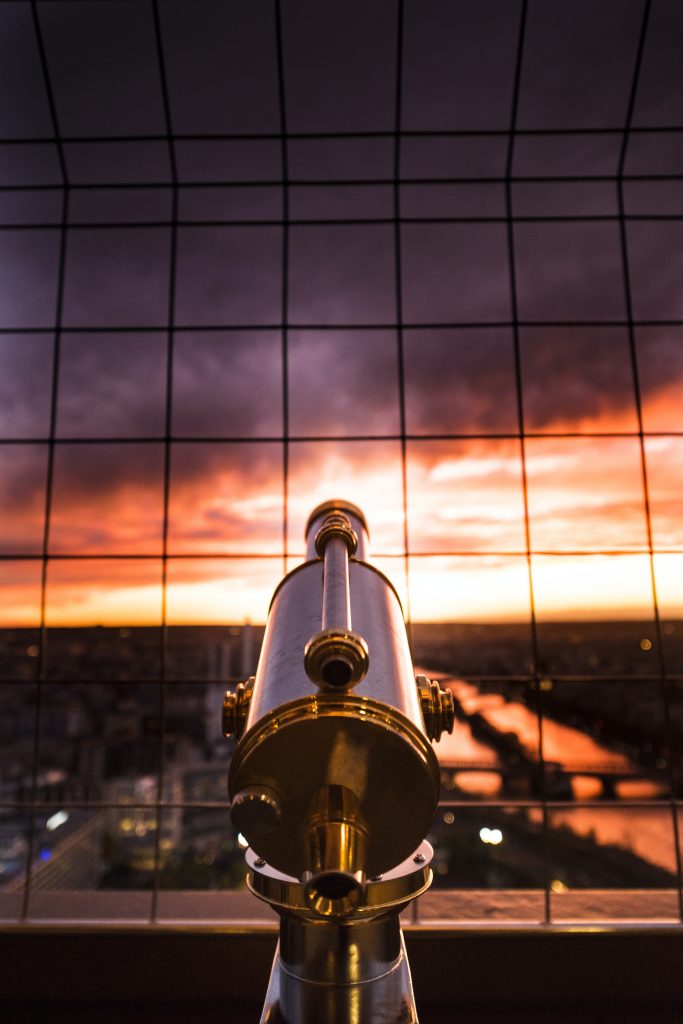
Set Up the Mount
To ensure accurate tracking and alignment, it is important to properly set up your mount. Here’s how:
- Level the tripod: Use a spirit level to ensure that the tripod is perfectly level. Adjust the tripod legs as needed until the bubble in the spirit level is centered.
- Point the mount towards the north or south celestial pole: Use a compass to determine the general direction of either the north or south celestial pole, depending on your location. Align the mount’s axis in that direction, aiming for celestial objects to appear stationary as the Earth rotates.
Calibrate and Align the Mount
Calibrating and aligning your mount is crucial for accurate tracking and locating celestial objects. Follow these steps to calibrate and align your mount:
- Find a bright star: Choose a bright star that is easily visible in the night sky. A star that is relatively high above the horizon will work best.
- Center the star using the mount controls: Use the mount’s altitude and azimuth controls to center the chosen star in your telescope’s eyepiece. Take your time to make precise adjustments.
- Perform a star alignment procedure: Consult your telescope’s user manual to determine the specific star alignment procedure for your mount. Follow the instructions carefully to calibrate and align your mount accurately.
By properly calibrating and aligning your mount, you will enhance your ability to track and observe celestial objects with ease.
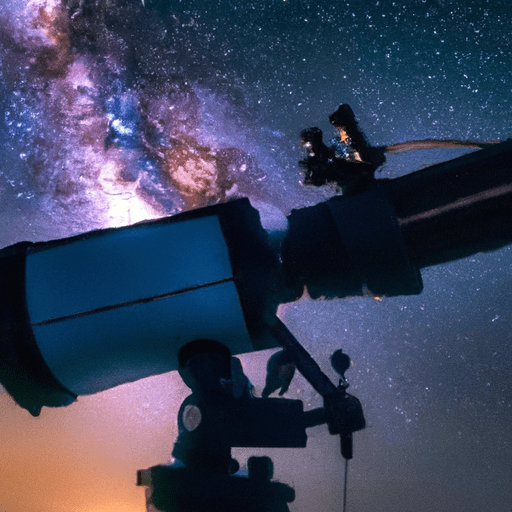
Focusing the Telescope
To achieve sharp focus on celestial objects, it is important to know how to focus your telescope. Follow these steps to focus your telescope effectively:
- Choose an object to focus on: Select a bright star, planet, or other celestial body as your focal point. A familiar object like the Moon can be an excellent choice.
- Turn the focus knob to achieve sharp focus: Use the focus knob on your telescope to adjust the focus until the object appears clear and sharp in the eyepiece. Rotate the knob slowly and make small adjustments until optimal focus is achieved.
Remember, practice makes perfect. Experiment with different objects and observe how focusing impacts the clarity and details you see.
Maintenance and Care
To ensure the longevity and optimal performance of your telescope, it is essential to take proper care of it. Here are some maintenance tips to keep in mind:
- Keep the telescope clean: Regularly clean the lens or mirrors of your telescope following the manufacturer’s instructions. Use a soft brush or compressed air to remove any dust or debris.
- Store the telescope in a safe and dry environment: When not in use, store your telescope in a clean and dry place. Avoid exposing it to extreme temperatures, humidity, or direct sunlight, as these can damage its components.
By following these maintenance and care guidelines, you can enjoy your telescope for years to come and continue to explore the wonders of the night sky.
In conclusion, setting up a telescope requires attention to detail and a systematic approach. By choosing a suitable location, gathering the necessary equipment, assembling the telescope correctly, aligning the finderscope, balancing the telescope, mastering the mount controls, setting up the mount accurately, calibrating and aligning the mount, focusing the telescope properly, and practicing maintenance and care, you’ll be well on your way to enjoying breathtaking views of the cosmos. So grab your telescope, head to a dark and open area, and embark on an incredible journey of stargazing and celestial exploration!

